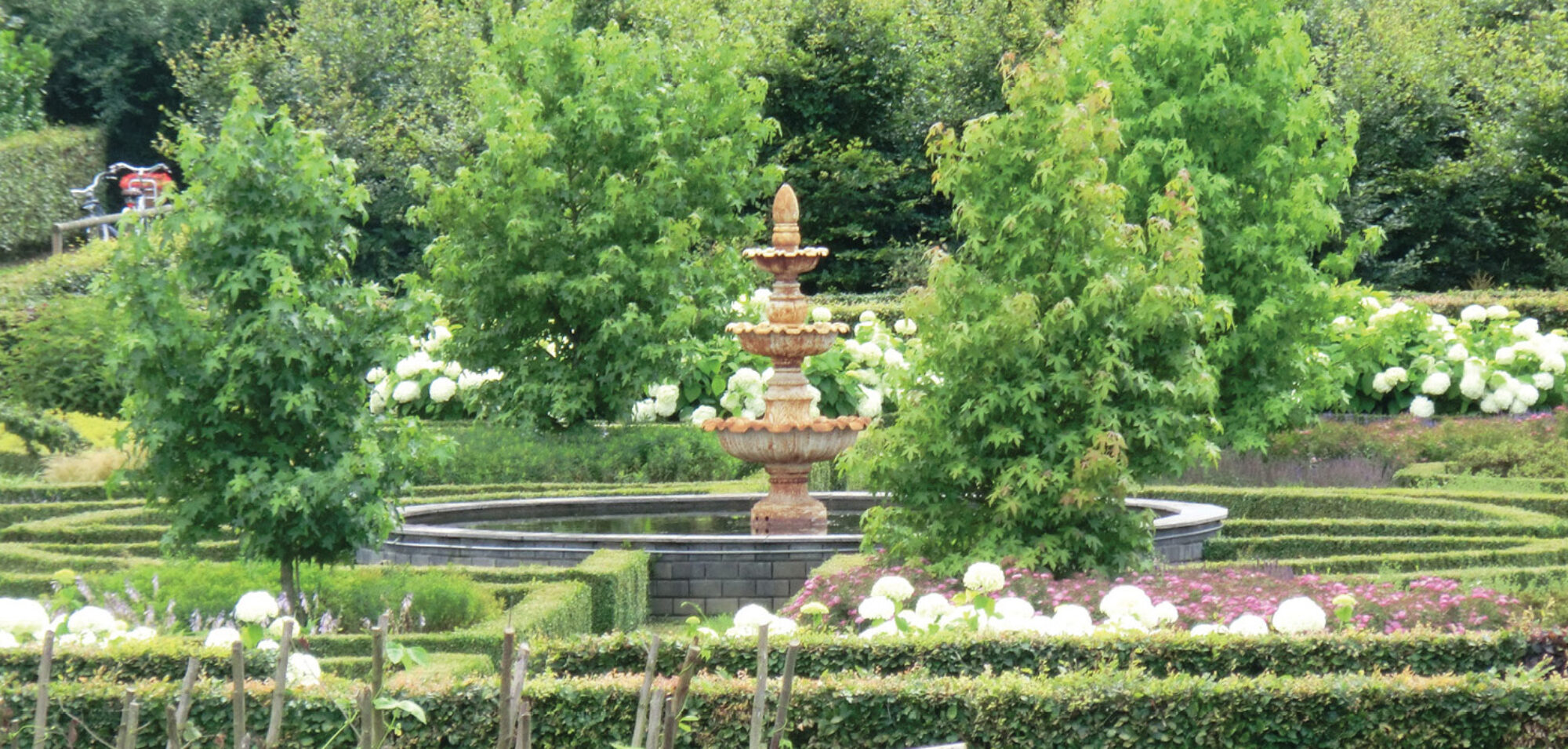Exploring the Nature Estate De Roode Vennen
On the Nature Estate De Roode Vennen, one can easily lose oneself in the woods. There are nine nature trails with varying lengths, many of which start from the estate itself. Farther afield, the walking area spans more than two dozen square kilometers. Between the places that people have created, the trees arch over the paths in a protective manner, heightening the sense of seclusion and distance from the world, just over these trees.
The short paths around the estate and those that go on farther into the countryside offer another benefit: the awareness of the need for exploration. For example, there is both a path that can be taken in several variants, and one path ends in a complete dead end. Both paths – the short ones near the estate as well as the longer paths into the countryside – teach about the surrounding nature.
Visitors to the estate also benefit from the knowledge they gain about the area and the potential for exploration that it offers. This is also reflected in the birds and animals, which visitors to the estate can observe. For example, a typical raccoon, whose fur coat seems to glow from the moonlight, can often be seen. It is quite popular with the visitors to the estate. The other side of that coin is the fact that the raccoon, along with many of the birds, get used to the presence of humans, and leave their normal learning processes behind.
As we have mentioned before, working through a legal framework should be treated like the aforementioned paths and animals. The first step in this process is often a point of view, which can neglect parts of the “landscape”. Much like the raccoon, you feel fully aware of the picture, while there may be other animals or paths far away. However, that does not mean that the paths and animals are less relevant to the matter being discussed.
In this case, what law applies to the sale of a business is one way of determining what laws do apply. The point is to not merely consider potential laws and competences. There is no need to look into the “forest” of the different laws which may apply. The point is to determine the state of the law under which the given “path” can be used, along with the other paths in that particular “forest”.
This can be proven by The Dutch Civil Code (Burgerlijk Wetboek); it can be easily read and understood, and it also has a few links to other laws. It is very much a manual, while not being a “pamphlet” or being too big. It follows the natural flow of due diligence virtually implicitly.
So why is the law relevant to the issue of business sales? Like the paths surrounding the estate of De Roode Vennen, it is related to the further exploration of the business environment, and to the further integration of the business into its surroundings. This is relevant for two reasons: the transactions that are agreed upon and the timing within those transactions. Not to mention what laws can apply to various parts of what is mentioned already. And this is really a matter of doing the “homework” related to the various “paths”.
Also, the fact of the multiple paths (and the different directions they take) provides a different sense of flow. Just as the paths have different lengths, the time frame of different transactions varies as well. This can result in problems with other tasks because one path is only partially formalized and can yield complications while dealing with the aforementioned animal.
Returning to the paths again, these various paths and the external environment create timing issues as well. It is said that September is the right month to buy a business. This is because it is September that provides enough time to organize the lots before the end of the year. But September also signals the arrival of autumn, which is mean meant age-wise, and a signal for leaving the business behind. In any case, an awareness of the various paths and the animals in-between can make all the difference in the timing of a transaction.

